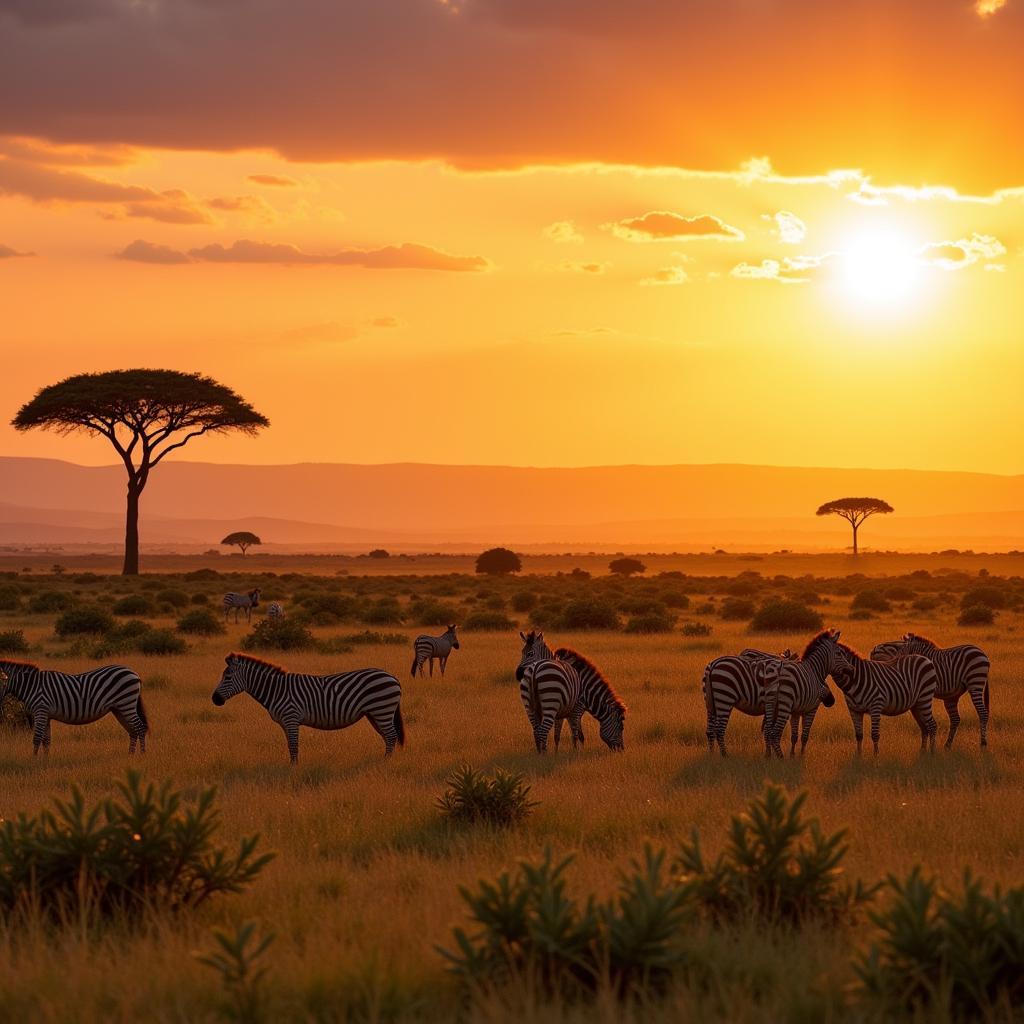About African Tribes Costumes: A Journey Through Tradition and Identity
African tribes costumes are more than just clothing; they are intricate expressions of culture, status, and heritage, woven into the very fabric of communities across the diverse continent. These garments tell stories, whispering tales of ancestry, beliefs, and artistry passed down through generations. From the vibrant Maasai shukas to the elaborate headdresses of the Yoruba, each costume offers a glimpse into the rich tapestry of African tribal life. Let’s embark on a journey to explore the captivating world of African tribal costumes.
The Significance of Costumes in African Tribes
Across Africa, tribal costumes play a crucial role in social structures. They aren’t merely worn for aesthetic purposes; they’re imbued with deep cultural meaning. Clothing can indicate a person’s age, marital status, social standing, and even their profession. Specific colors, patterns, and materials are often associated with particular clans or lineages, acting as powerful symbols of belonging and identity. For instance, the Himba people of Namibia use red ochre to adorn their skin and hair, signifying their connection to the earth and their ancestors.
Exploring the Diversity of African Tribes Costumes
The sheer diversity of African tribes costumes is breathtaking. Each region boasts unique styles, reflecting the specific environment, traditions, and resources available. The intricate beadwork of the Zulu people in South Africa tells a story of their history and heritage. Meanwhile, the nomadic Tuareg people of the Sahara Desert wear indigo-dyed robes that protect them from the harsh sun and sand, earning them the moniker “Blue Men of the Sahara.” From the elaborate headpieces of the Yoruba to the striking face paint of the Wodaabe, every costume offers a window into a vibrant and unique culture. Learn more about captivating African traditions at African culture facts and traditions.
Materials and Techniques: From Natural Fibers to Intricate Beadwork
African tribal costumes utilize a wide array of materials, many sourced directly from nature. Animal hides, plant fibers, and natural dyes are commonly employed. The craftmanship involved is often exceptional, with intricate beadwork, embroidery, and weaving techniques passed down through generations. The use of specific materials often carries symbolic weight. For example, feathers might denote status or spiritual power, while shells and beads could represent wealth or fertility.
What are Some Common Misconceptions About African Tribal Costumes?
One common misconception is that all African tribes dress alike. This couldn’t be further from the truth. The continent is a melting pot of cultures, and each tribe has its own distinct style. Another misconception is that these costumes are static and unchanging. While tradition plays a vital role, tribal attire has also evolved over time, influenced by trade, intermarriage, and other cultural exchanges. The fascinating world of face paint in African cultures is explored in more detail at African face paint boys.
How Have Modern Influences Impacted Traditional Attire?
Globalization and modernization have undoubtedly impacted traditional African tribal costumes. Western clothing has become increasingly common, especially in urban areas. However, many communities are actively working to preserve their cultural heritage. Traditional costumes are often worn for ceremonies, festivals, and other special occasions, ensuring that these vibrant expressions of identity continue to thrive. If you’re interested in experiencing these cultural expressions firsthand, check out some of the vibrant festivals happening in August at African festivals in August.
Conclusion: Preserving the Legacy of African Tribes Costumes
African tribes costumes are a powerful reminder of the rich cultural heritage of the continent. These garments tell stories, connect communities, and embody the spirit of a people. By understanding and appreciating the significance of these costumes, we can help preserve their legacy for generations to come. These vibrant expressions of identity deserve to be celebrated and protected, ensuring that the rich tapestry of African culture continues to flourish. For more diverse perspectives on African culture, explore a unique story from Berhampore at African circus berhampore.
FAQ
- What is the purpose of African tribal costumes? They serve multiple purposes, from signifying social status and belonging to reflecting cultural beliefs and artistic expression.
- Are all African tribal costumes the same? Absolutely not. Each tribe has its unique style, reflecting its specific environment, traditions, and resources.
- What materials are used in making these costumes? Materials range from animal hides and plant fibers to beads, shells, and feathers, each carrying its own symbolic meaning.
- How are modern influences impacting traditional attire? While Western clothing is becoming more prevalent, many communities actively preserve their cultural heritage by wearing traditional costumes during ceremonies and festivals.
- Where can I learn more about specific African tribes and their costumes? Museums, cultural centers, and online resources offer a wealth of information.
Common Scenarios:
- Scenario 1: A researcher studying the symbolism of colors in Maasai clothing.
- Scenario 2: A traveler wanting to understand the cultural significance of the Himba people’s red ochre body paint.
- Scenario 3: A fashion designer seeking inspiration from traditional African textiles and patterns.
Further Exploration:
You might also be interested in learning about African mask making, traditional music, or the impact of colonialism on African art.
Need help with understanding more about african tribes costumes? Contact us!
Call: +255768904061, Email: kaka.mag@gmail.com or visit us at Mbarali DC Mawindi, Kangaga, Tanzania. We have a 24/7 customer support team available.



